Relics
Statement
‘These objects are the traces left behind by the disappearance of everything else,’ a quote by cultural critic, Jean Baudrillard, refers to the clamour of objects that fill our daily lives as contrasted by the stillness and silence of a photograph.
Within this context, as an artist whose research is based in the vast semi-desert of North West Victoria in Australia, my work involves the history and sociology of Mallee dry-land farmers, and their determination to tame the land.
This is traced through the collection and re-interpretation of the ephemeral objects exhumed from an informal tip on the bed of Lake Tyrrell. This work interfaces the abundant waste and bloated heritage of our post-industrial materialism and how the cultural artefact has replaced nature as a signifier of meaning.
In exhuming the informal rubbish pits for abandoned secular relics, I collect discarded objects in mass, and then re-install them into large-scale monuments to commemorate human aspiration of settlement.
These various objects are associated with loss and displacement evidenced in major exhibition installations: The Mallee: a History, 2000 (214 rusty tin food processing cans installed on perspex shelves on an earth coloured wall), White goods, 2009 (plastic and polystyrene containers) and Clandestine: an ashscape installation responding to the loss and trauma from the devastating bush res on Black Saturday, 2009/10 (200 burnt personal objects).
Like artist Doris Salcedo, and her transformation of domestic materials and objects that respond to recent Colombian political history, of violent disjuncture or political disappearance, my research is into the non events of history; the movement of human masses, through the impact of political processes and decision making, and the slow displacement events caused by environmental, sociological and climatic changes.
Intimate objects that have been touched and worn are memory fragments that have the capacity to outlive the existence of the subject. As Nancy Princenthal, states in her essay, silence seen, ‘utilitarian objects in the service of active memory are simultaneous with their functional death.’
Everyday objects become outsiders when their conventional banality is transformed by the disappearance of their real or immanent form. The collected remnant footwear is re-fabricated into poetic objects, encased in time capsules (the shoe box) which have a dual reference to burial sarcophagus and the white cube gallery. The singular boxes are installed into a large collective memorial wall.
In the subtraction, the stripping of the object’s origin, its use or judgement of value and its functionality, a type of aura, an enigmacity or momento mori emerges from the absence.
Ultimately, these ephemeral objects, represent ephemeral lives.
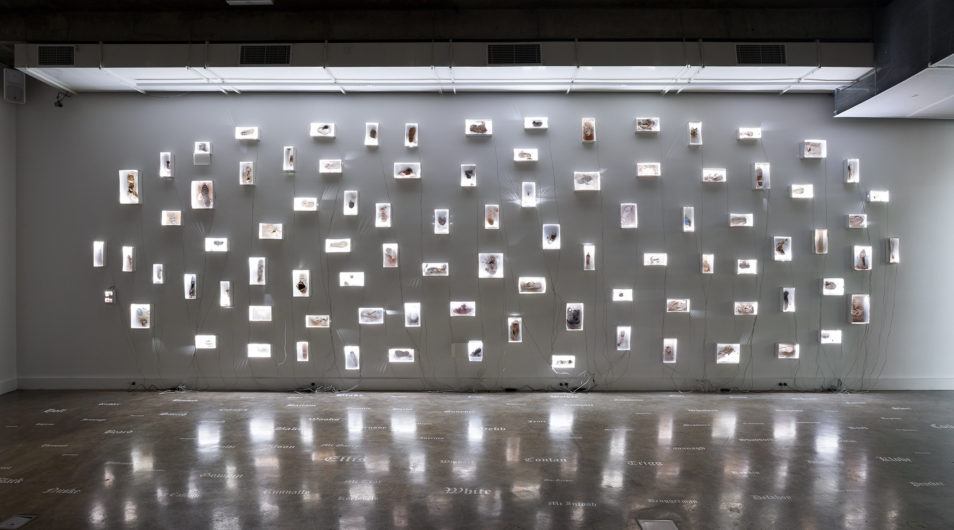
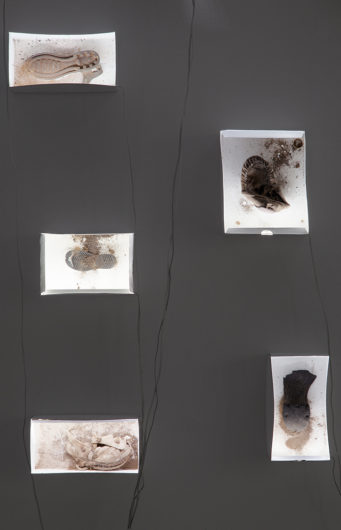
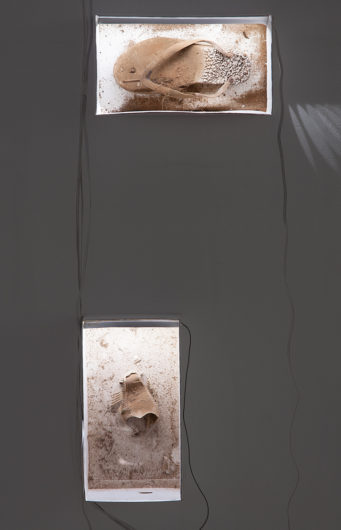
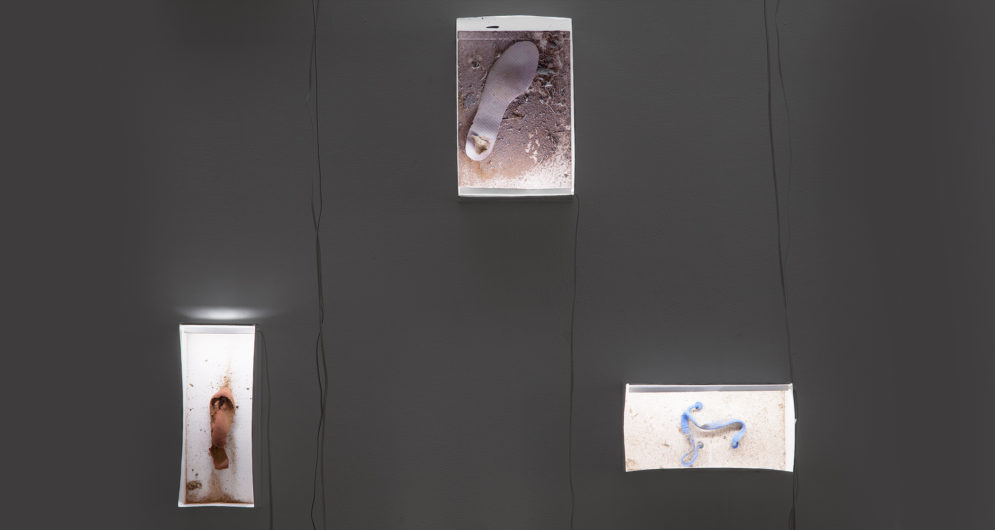
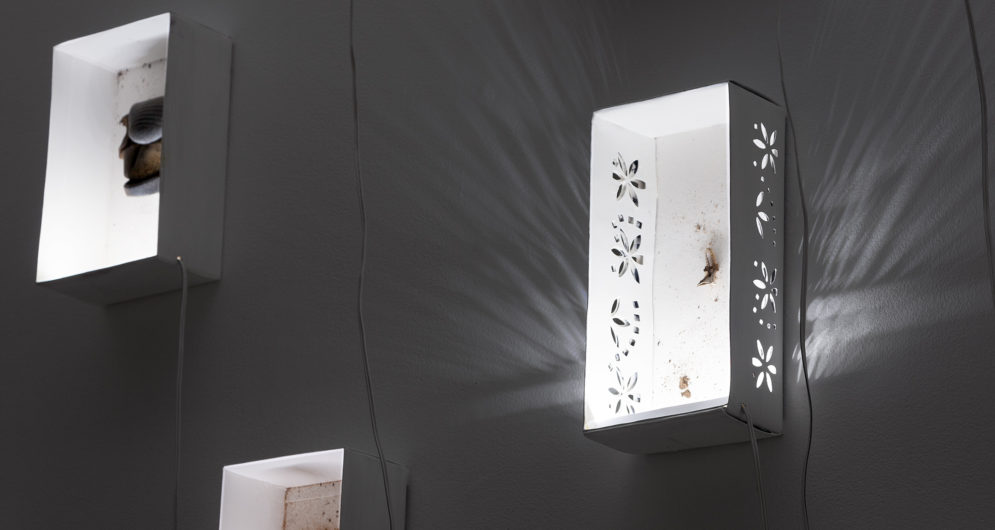
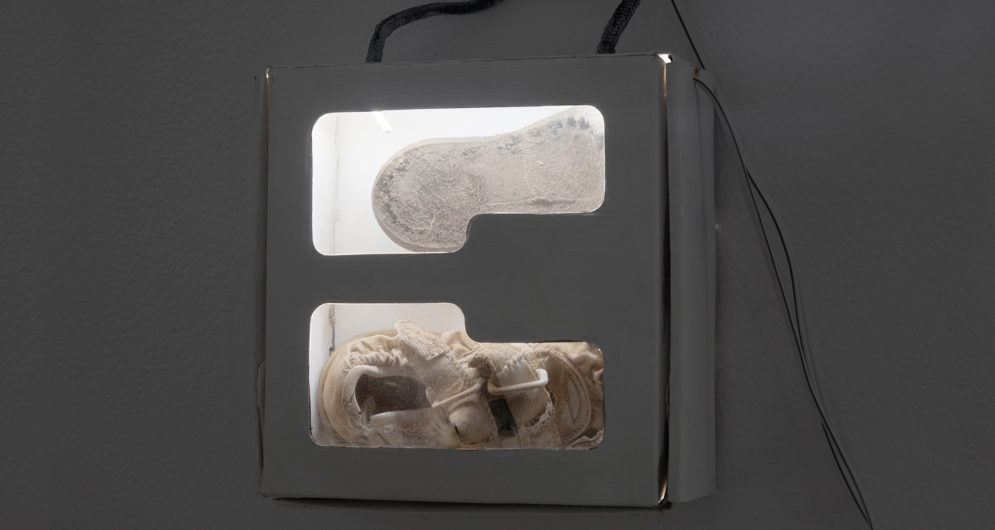
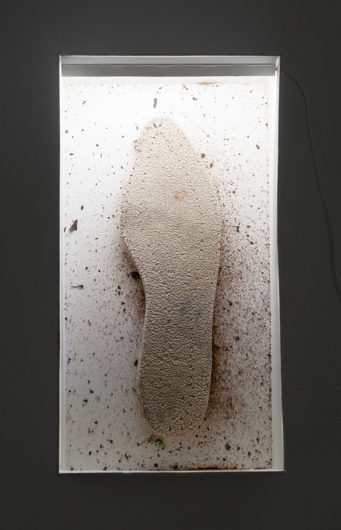
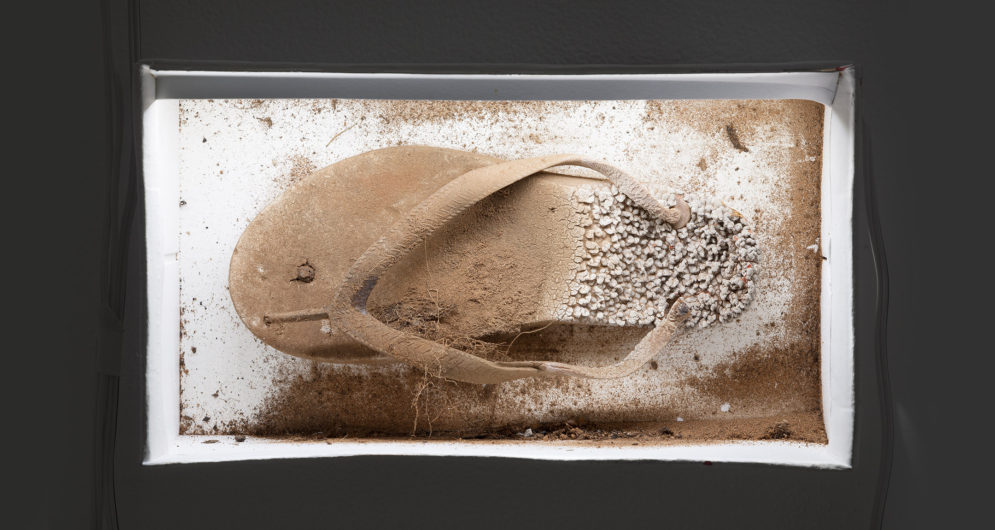
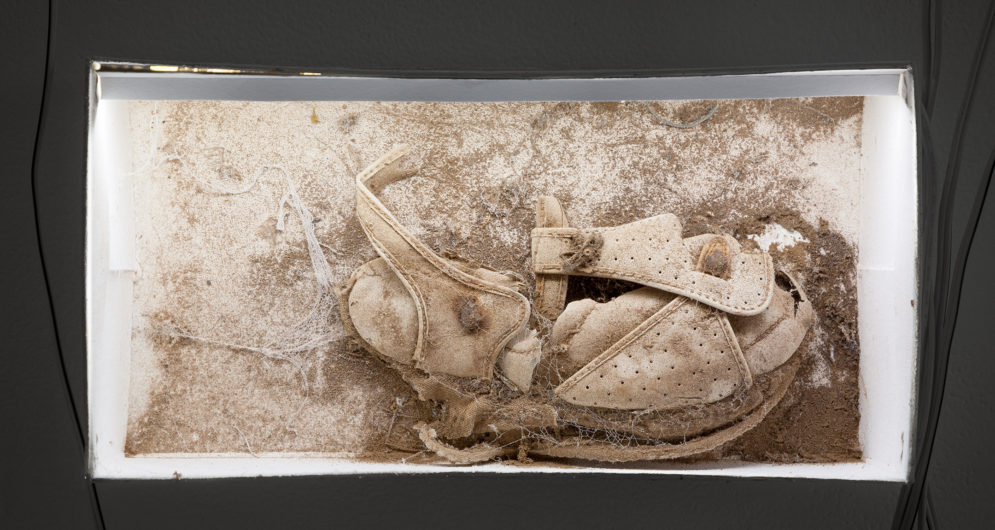
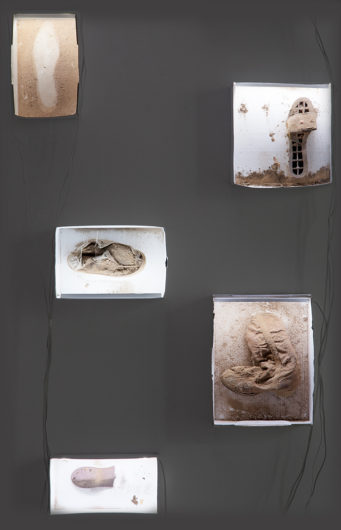
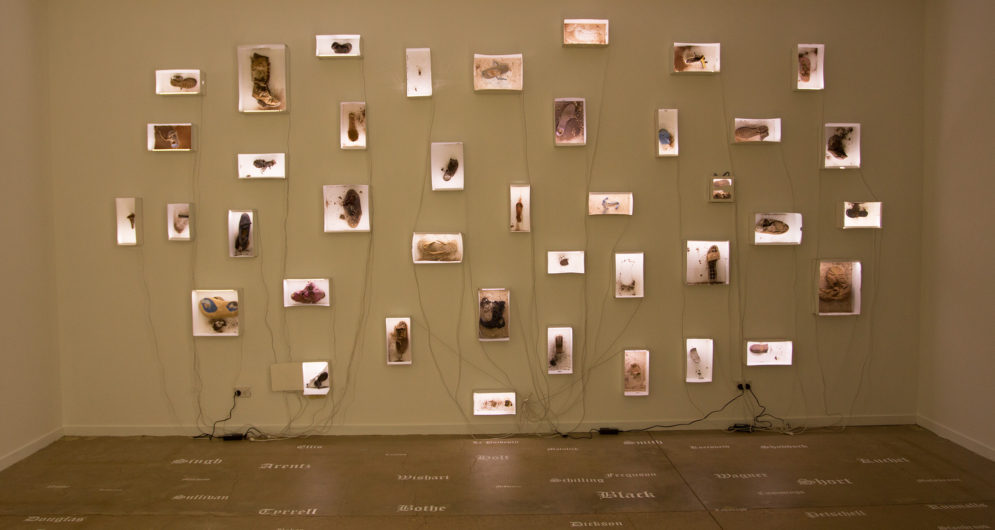
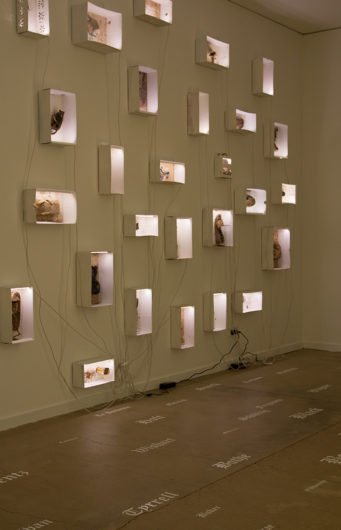
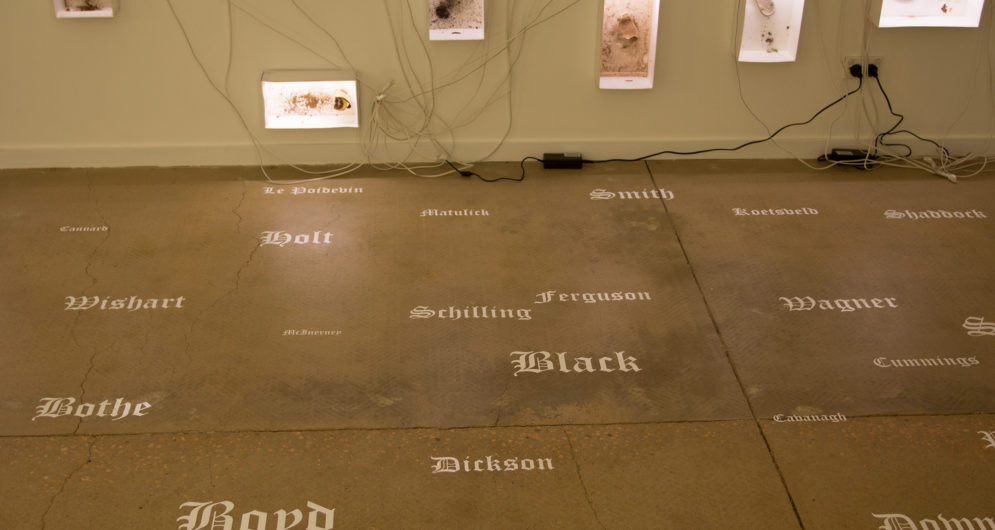
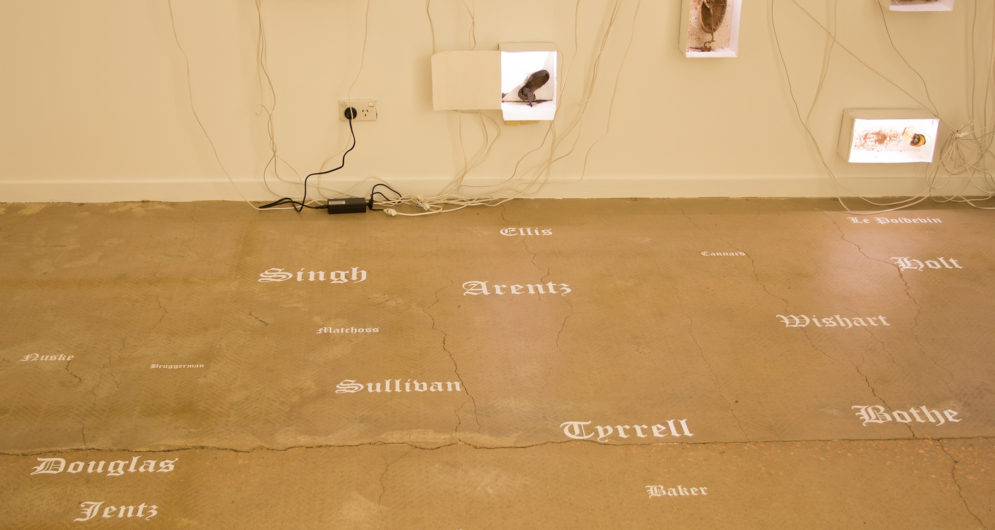
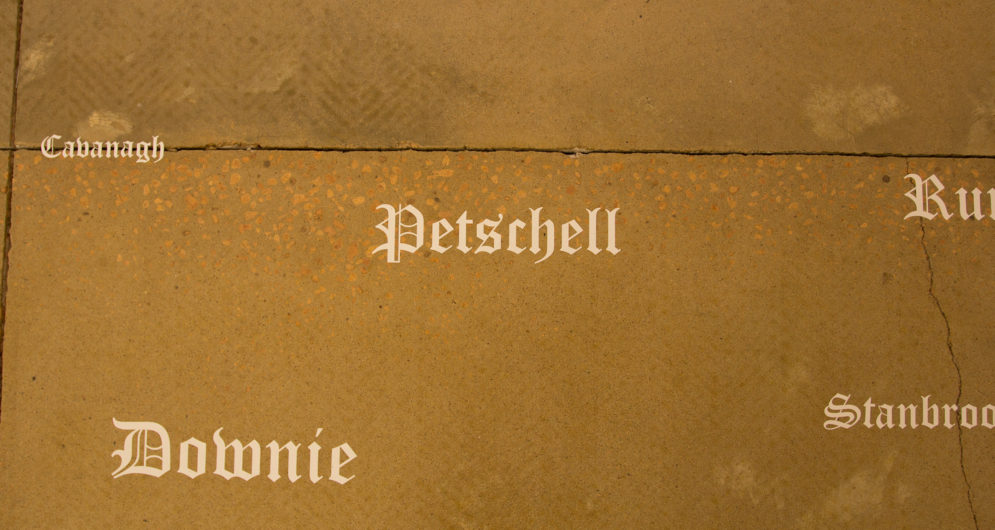
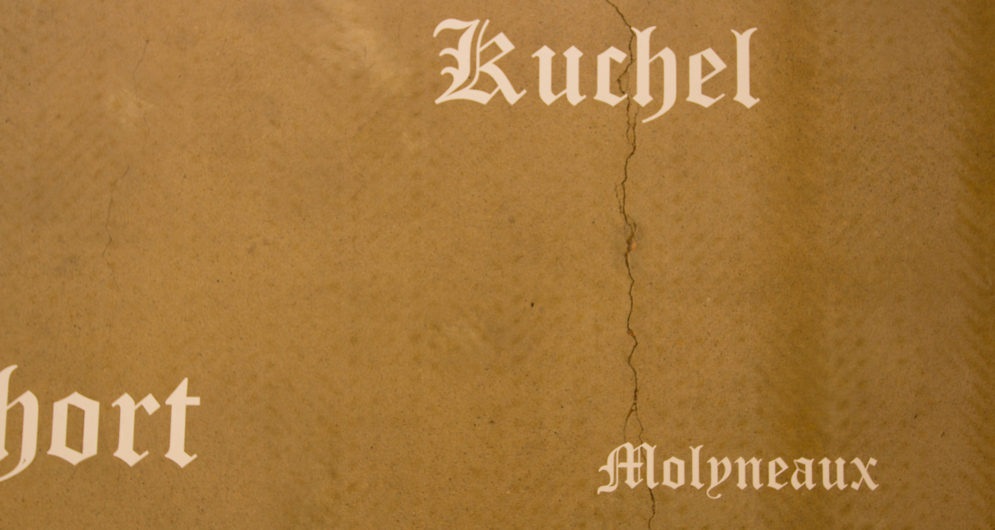

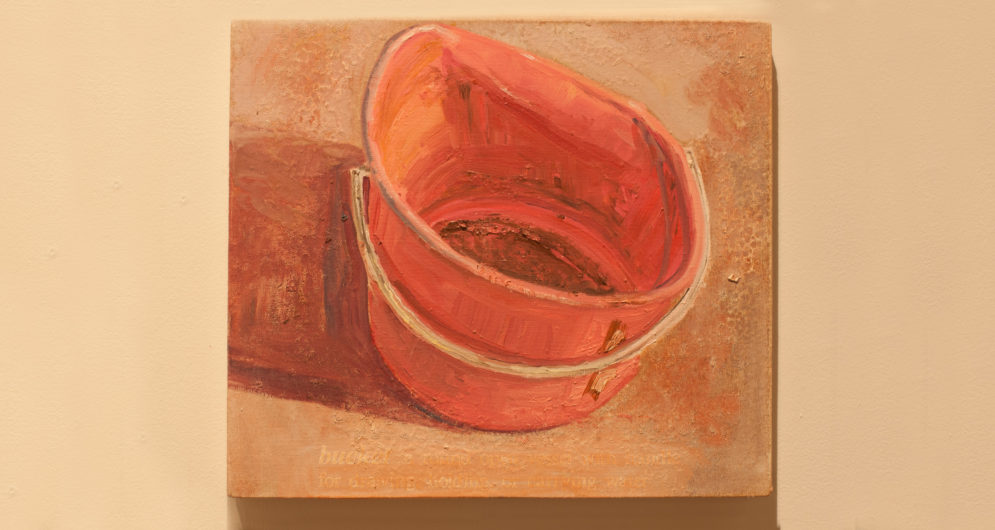
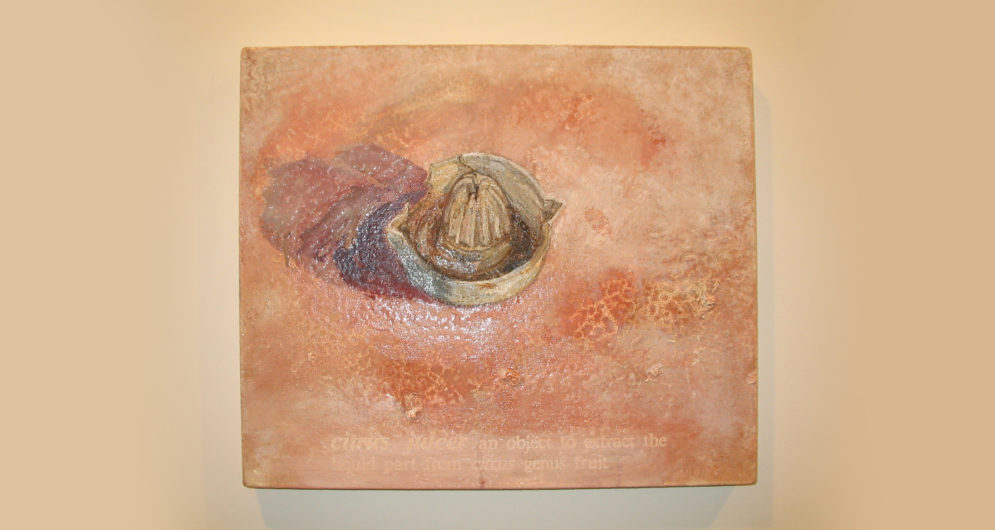
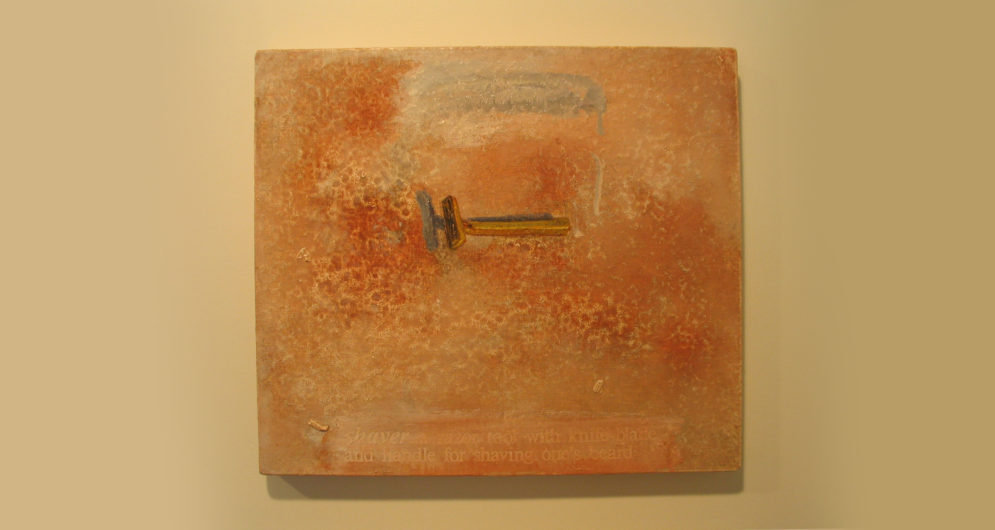
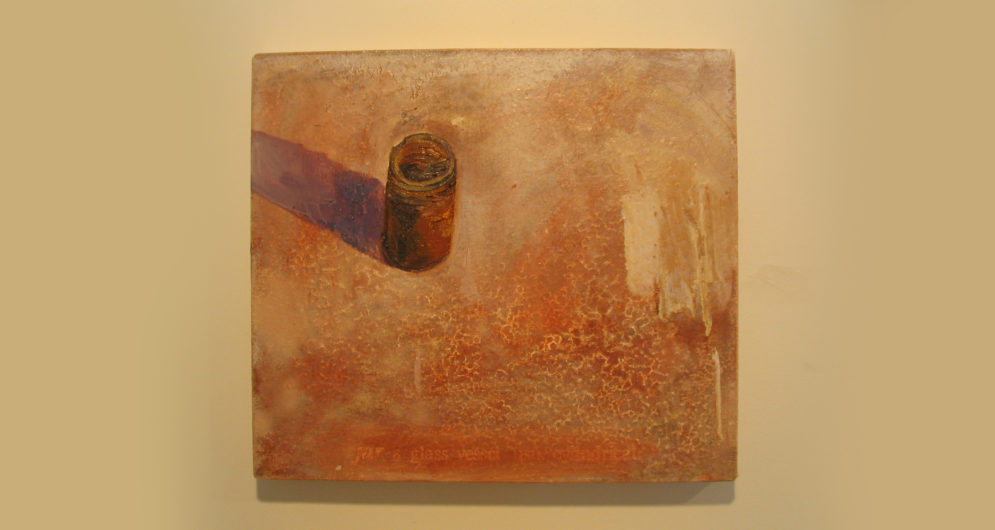
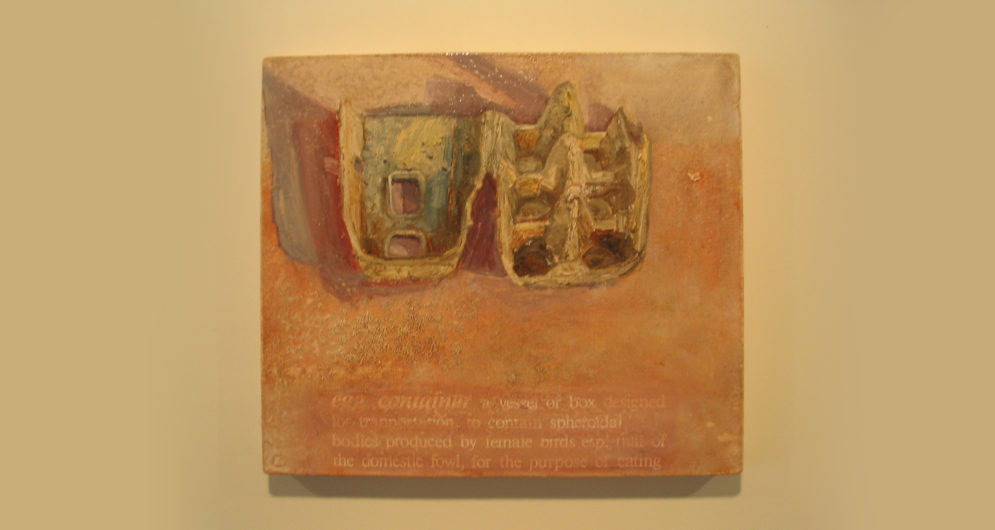
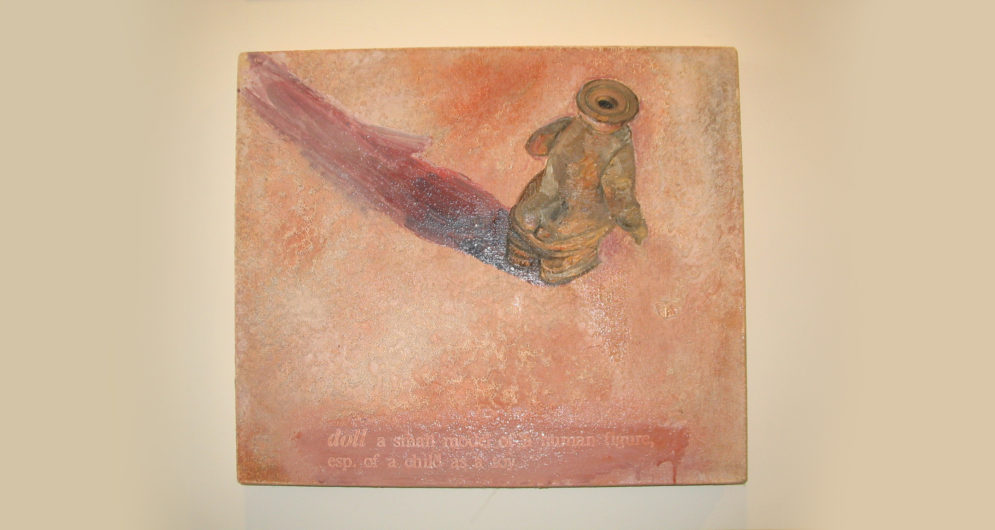

Categorised in: All works, In footer
This post was written by neil